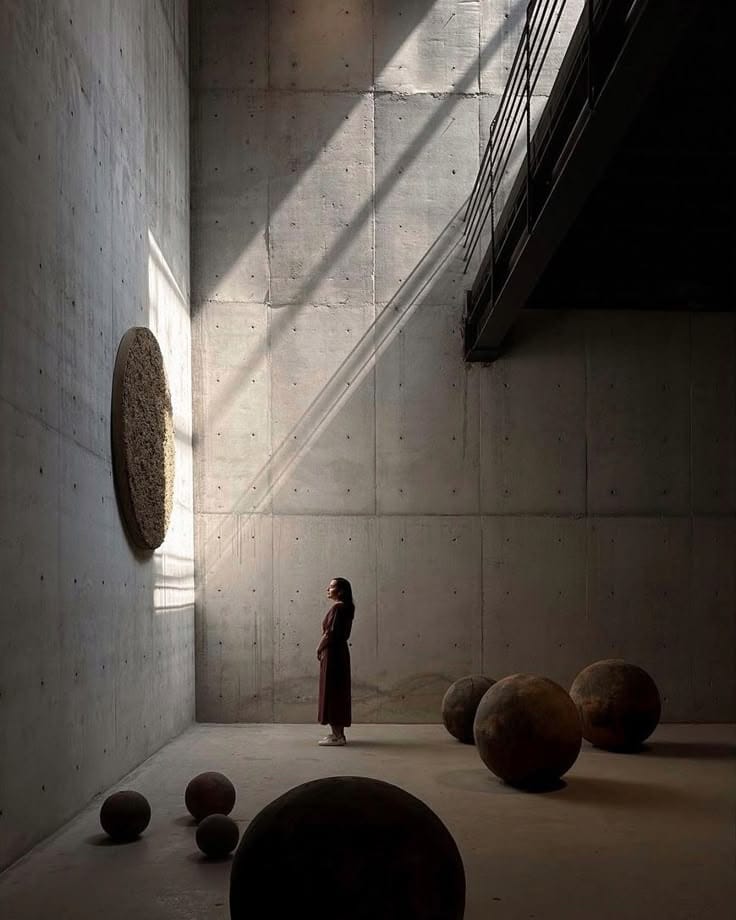
In an era of relentless connectivity, solitude is often conflated with loneliness. But stepping back from the sensory overload of daily life is not a retreat; it is a requirement. When the mind is freed from constant input, it has the capacity to reset, enabling introspection, clearer thinking, and emotional regulation. Without these intervals, cognitive fatigue accumulates, attention deteriorates, and psychological strain increases.
Spatial design plays a critical role in enabling these necessary pauses. Built environments that prioritise silence, spatial transitions, and natural elements can support the mental processes that solitude affords. Where design incorporates soft acoustics, filtered natural light, and tactile materials, spaces shift from being merely functional to becoming places where the mind can recalibrate. Settings that allow for quiet, whether a private corner, a transitional space, or a room buffered from external noise, become essential infrastructure for mental health.
Solitude should no longer be seen as a luxury or a sign of withdrawal. In overstimulated urban settings, moments of silence and disconnection are vital for maintaining psychological and cognitive balance. The design of our environments must reflect this urgency. Rather than treating stillness as an exception, it should be planned as an integral part of how spaces support human function. The conversation needs to move beyond aesthetics to include cognitive utility.
This is not about escapism. It is about designing environments that recognise the demands placed on the brain and the need for deliberate intervals of quiet in order to meet them.

